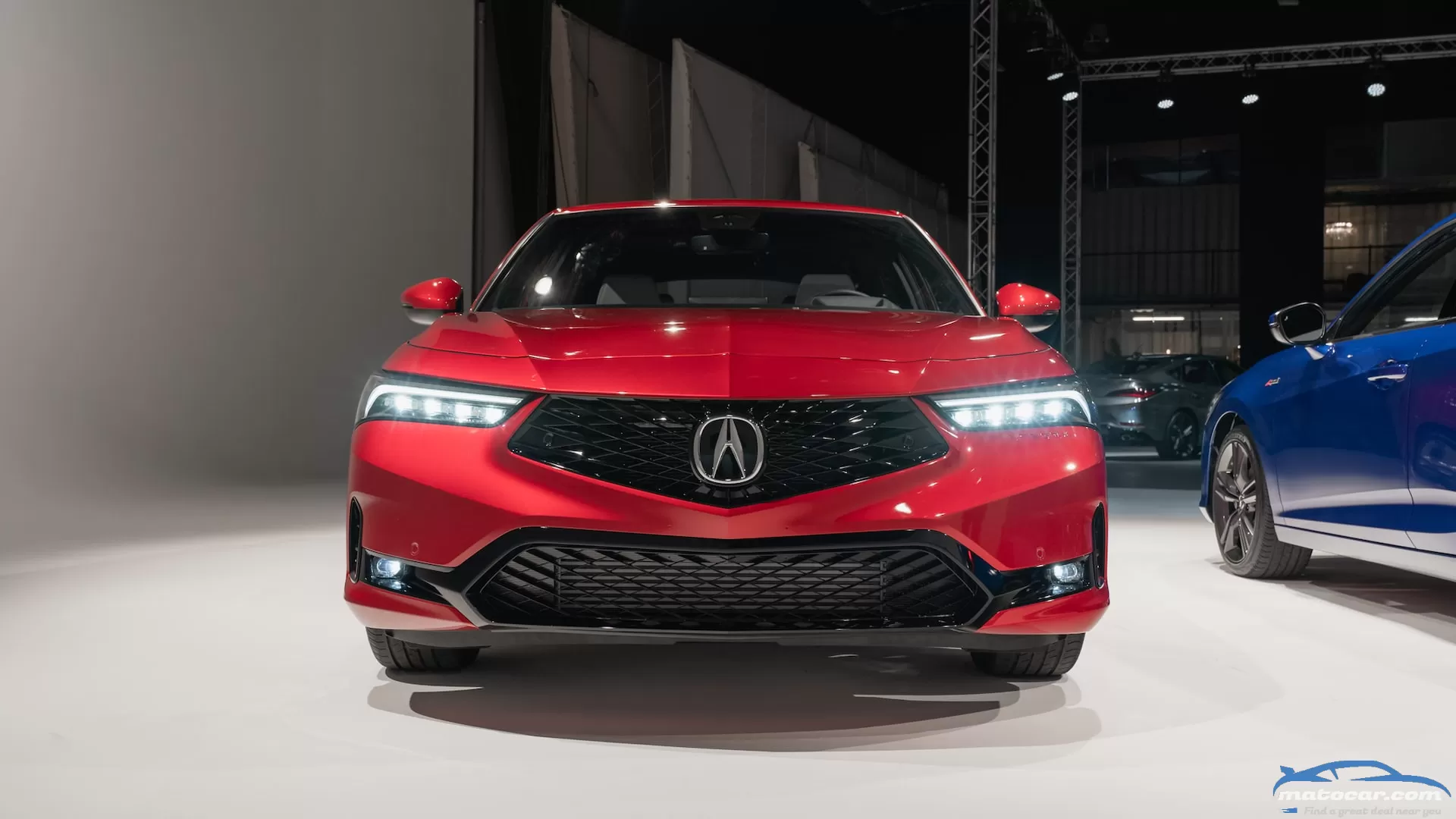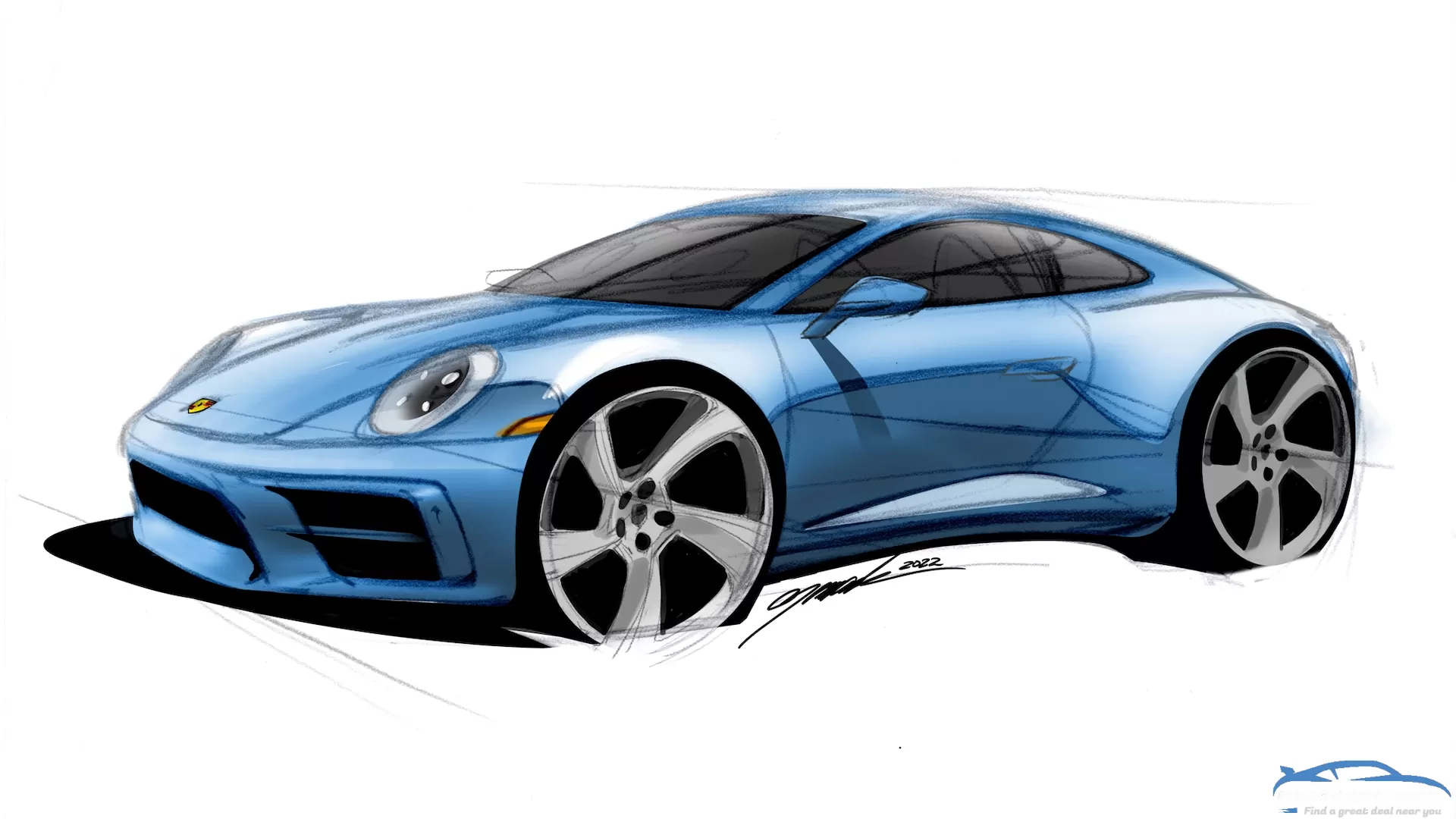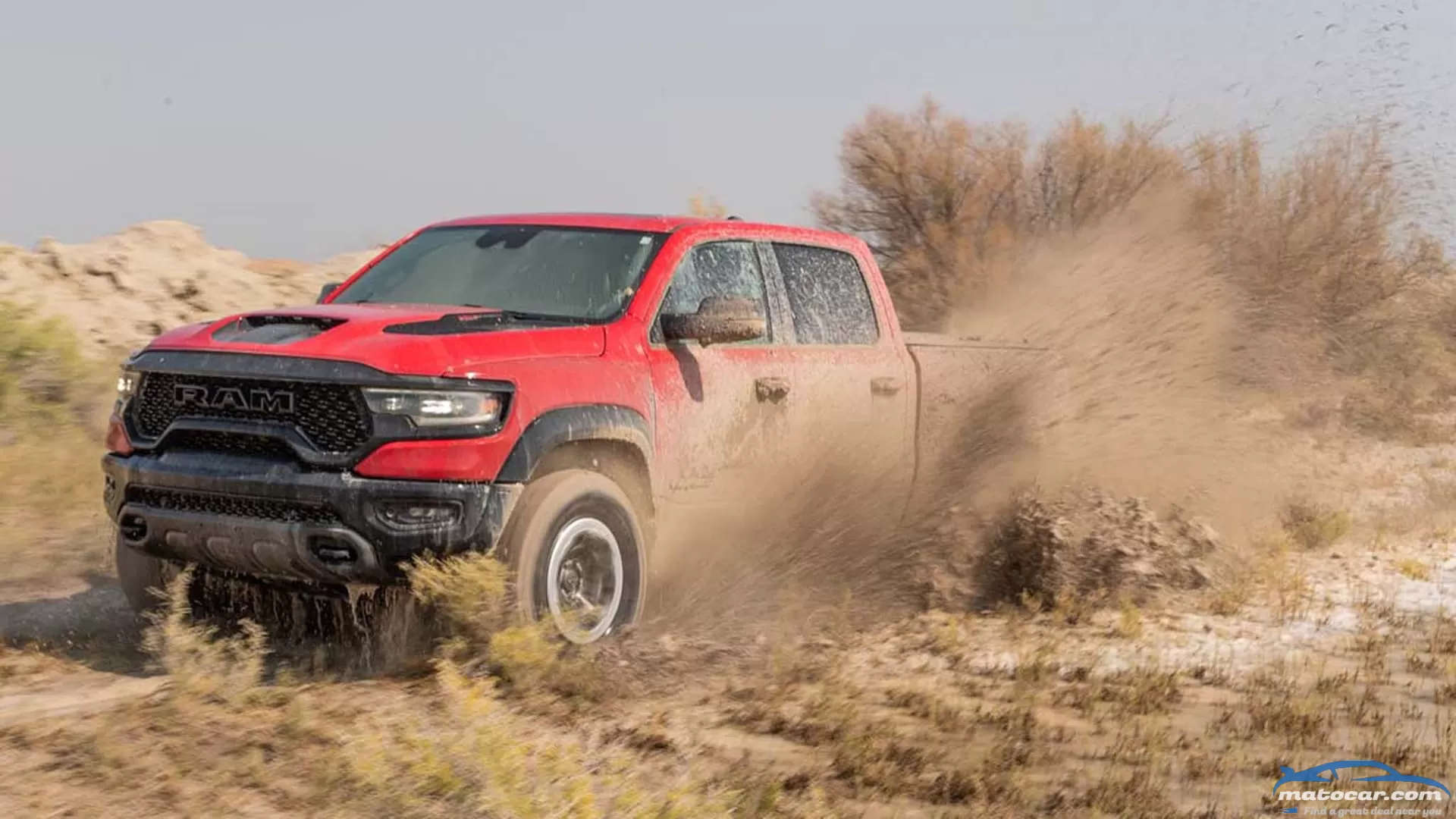New Acura Integra Reservations Massively Tilted to One Transmission

Last year, Acura's dramatic announcement that the celebrated Integra nameplate would be making a return in 2022 set the automotive world abuzz. Like Kim being asked about Kanye (or vice-versa), the automaker was bombarded with questions about the modern-day version of its entry-level phenom and, as of this month, the details were finally laid out and you can now order a 2023 Acura Integra of your own. Speaking of—a surprise has sprung forth from those reservations that have already begun flowing in...
Decisions, Decisions
As of March 10, Acura's Integra pre-order program has been underway and, according to Emile Korkor, Assistant Vice President of Acura sales, the reception has been exceptional. "We are absolutely thrilled with the pre-launch response to the 2023 Integra. The total number of reservations has far exceeded our expectations and most exciting is that around 70 percent of Integra reservations are for the 6-speed manual. We're confident this new Integra will inspire a new generation of enthusiasts buyers for the Acura brand."
Hold up—seventy percent of pre-orders so far are for the stick-shift model? More surprising is that the manual is available only on the top-dog A-Spec trim level. Unlike the mechanically related Honda Civic Si, which is only armed with a six-speed manual, the Integra is offered in both CVT and 3-pedal form, with the CVT being standard on the entry-level model. The Integra one-ups the Honda, somewhat, by combining the Si powertrain with a five-door hatchback body style—a combo you can't get on the Civic, though the upcoming (more powerful) Civic Type R will be hatch-only.
Proof Is In The Pudding
We know car enthusiasts hate to hear it, but the masses prefer to avoid needing to select their own gears, hence why there are so few manual transmission options at your local dealerships these days. A 70 percent manual take rate (and, yes, we know, these are pre-orders) is a significant indicator that proves there are still corners of the market to where those of us that prefer to stir our own gears flock. It should be noted that historically, the Integra has enjoyed a 56 percent manual-transmission take rate across its various generations and model types. Even if you're not a fan of the new Integra, this latest news makes a difference, especially if you want to keep seeing manual options put forth by automakers.
Had Acura only offered a CVT option, there's little doubt the automotive social media bubble might have consequently imploded. The digital jury is always swift and harsh with any new vehicle debuts, and the modern Integra has not been spared by any means. However, Honda and Acura continue putting forth considerable effort to feed the enthusiast market cars fans can tinker with and hopefully encourage a whole new generation of potential tuners and buyers. Love it or hate it, the new Integra is crucial in helping to nudge the #savethemanuals movement forward.
You may also like
Whereas there's plenty of hubbub around the V-8-equipped $80,000 Jeep Wrangler 392 and how Jeep finally has stiff competition in the Ford Bronco, there's much less chatter surrounding the other Wranglers. The bulk of the auto market may gravitate toward decked-out variants, but there's still a place for base trims. You know, the ones that cost $30,000 and form the foundation upon which the upper-echelon trims are built. There are still stubborn Jeep guys who just want a Wrangler—just not a Wrangler weighed down with every option. Luckily, Jeep provideth.Consider this: You can theoretically buy—good luck finding one in real life, though—a brand-new two-door 2022 Jeep Wrangler Sport for $29,995 that comes standard with Uconnect 3 with an itty-bitty 5.0-inch touchscreen display and no air conditioning. Even the next trim, Willys Sport, can be had with no air conditioning. (We actually know a guy who opted for a brand-new Wrangler devoid of A/C. Absolute hero! Or just young and broke.) Luckily, you can choose to be frosty. There is the option to upgrade to Uconnect 4 with a respectable 7.0-inch touchscreen. This $1,395 option on the configurator also gets you air conditioning.Fast-forward to model year 2023, and Jeep has implemented some changes to its bare-bones, base-trim, two-door 2023 Jeep Wrangler Sport—while only raising the MSRP by $300 to $30,295. For better or worse, it's still base, but a little less base. Uconnect 4 with the 7.0-inch touchscreen is standard, and Uconnect 3 with the 5.0-inch touchscreen officially dies. That means standard air conditioning; all Wranglers great and small have standard air conditioning for 2023. For those who hate the idea of A/C, crank down that manual window and leave the A/C off. Don't panic—2023 Wrangler Sports retain standard manual door locks, manual windows, and a manual transmission behind the 3.6-liter V-6. Luckily, even the 2023 Wrangler Sport still gets the Smoker's Group option, complete with a removable ash tray and a cigar lighter.Although the two-door 2022 Wrangler Sport still comes standard with the smaller screen and no A/C, that's not the case with the four-door Unlimited configuration of the same year; it made the switch to the better Uconnect, screen, and A/C for 2022. Bottom line: Doors matter.More broadly, the 2023 Jeep Wrangler drops three trims (Sport Altitude, Sahara Altitude, and High Tide) and a few colors (Snazberry and Gobi)—but there's plenty of time for Jeep to garnish its 2023 fleet with more new trims and colors. Pricing remains pretty stable, with the four-door Sahara seeing the biggest jump at $2,170, and some trims (four-door examples: Willys Sport, Sport S, and Rubicon) actually becoming less expensive.These changes in standard equipment for the 2023 Jeep Wrangler Sport two-door help it fall more in line with the Base Ford Bronco, which has air conditioning and Sync 4 with an 8.0-inch touchscreen. But still, RIP Wranglers without A/C. You'll always be hot.
ram 1500-trx Full OverviewTime slowed to a standstill by the point our long-term 2021 Ram 1500 TRX was about 50 yards into what I can only describe as a small lake. The initial forward momentum I'd enjoyed at the beginning of the mud bog dwindled into a crawl. The front end of the TRX slowly drifting towards the deep, mucky waters in the middle of the flooded field. Surrounded by the desolate flatlands west of Moab, Utah, and only on my third day of our 43-day epic electric trip across the Trans-America Trail, now was not the time nor place to get stuck. Or worse."No, no, please no, not that way!" I screamed into the empty cabin. In this frozen moment, my mind started to whirl with worst case scenarios. "If you're sinking in water, you're supposed to roll down the windows so you can swim out right?" "I'd better close my mouth if I need to swim out—who knows what kind of brain-eating amoeba lives in this cesspool?" "How are they going to get the truck out? A bulldozer? A crane?" "Should I bring my camera? My luggage? Whose fault is this? How did I eff this up?"As time froze, my mind went to how I got myself into this predicament.I've been a photographer with MotorTrend since 2008, and in my mind the Ram 1500 TRX represents the high water mark for gasoline powered truck. Powerful, capable, great to drive on-and off-road, and just an all-around badass of a vehicle. All of that being said, during the early stages of planning our Trans-America Trail Rivian R1T adventure, I was the most outspoken critic when it came to the idea of using our long-term TRX as our photography and video support vehicle.The Trans-America Trail was originally explored by Sam Correro on a motorcycle, and having done my fair share of off-roading, I can tell you that most trails are just not that wide. The TRX might be one of the best trucks ever made, but with a width of 88 inches, it's also one of the widest. I honestly thought that it just wouldn't fit on most trails— that'd we'd litter the trail with TRX mirrors, fender flares, and paint flecks as we made our way off-road from North Carolina to Oregon.At the time that we were planning the trip, the TRX was also new to the market. Sure, it might be based on a standard Ram 1500, but if we ended up breaking something on the trail, would a random dealership in rural America have the parts to get us back on the road? Would the technicians be trained to work on it? For me, questions like this sowed the seeds of doubt about bringing the TRX along.On top of that, there's the simple fact that photographers like myself prefer to use SUVs as our support vehicles. When photographers and videographers do action shots, it requires us to ride and shoot out of the back of a vehicle, and we like the open hatch of an SUV because it provides more shelter from the elements than the bed of a truck. Trucks also tend to have stiffer rear-suspensions than SUVs, which makes shooting out of the bed very uncomfortable.As the weeks rolled by and the plan congealed, it became more apparent that a truck was needed to support the two Rivian R1Ts. Other than hauling the photographer, videographer, and our accompanying gear, we would also need to bring luggage, and camping and off-road recovery gear. There is just nothing quite as useful as a pickup truck, and so the decision was made to bring our long-term TRX.It turns out, that was the right decision. My initial concerns about the TRX not fitting on some trails was proven correct with a couple of tight squeezes, but it ended up being a non-issue. It may have been the widest vehicle to ever tackle the perilous Black Bear Pass in Colorado, but it made it just the same. While early legs applied a layer of paint protection in the form of a hardened "candy shell" of mud that kept small branches at bay, before the third leg of the trip started, we applied a roll-on paint protector product to help minimize scratches. As you'll read in a future update, our Ram TRX didn't come through unscathed, but considering the terrain we encountered, and the abuse it weathered, the TRX took it like a champ.It also turns out that the same compliant suspension that makes the TRX such a monster off-road, provides a cushy ride for the photographer and videographer riding in the bed. Did it rain? Of course it rained. It also snowed, hailed, and the truck basically endured two months in a dust storm, courtesy of our position at the rear of the convoy, but we would've suffered those indignities no matter what vehicle we were in.Speaking of, that's how I found myself piloting the TRX towards our two R1Ts on the other side of the flood plain.Back in the truck, the seconds seemed to last minutes, my mind filled with images of disaster. In that moment of hopelessness, as the truck was sucked towards the mucky deep, the front wheels of the Ram grabbed a submerged but solid patch of ground. As the front-end bit, the TRX started to right itself. Reanimated by a spark of hope and adrenaline, I rolled into the throttle and the engine exploded to life with a bellicose roar. As the tires found traction, a rooster tail of mud shot skyward, and I started to make some headway. I wasn't out of the woods—err, water—yet, but as I slowly clawed forward, time restored itself to a normal speed.I floored the gas pedal, and I gripped tight on the steering wheel as the TRX's 702 horsepower uncorked. I won't say that I resorted to chanting, "I think I can, I think I can" like Thomas the Tank Engine, but every fiber of my soul was willing the TRX to dry land and the trail on the other side. As the water gave way to slick mud and grass, I started to breathe easier. I was wrong to doubt the TRX. In fact, I have never been happier to be so wrong. The TRX was the right vehicle to bring, and I will always be thankful that I didn't have to go for a swim.Looks good! More details?More on Our Yearlong 2021 Ram 1500 TRXAn Unusual Start For Our Ram 1500 TRXWhat's Faster: SRT Charger or the TRX That Towed It to the Track?If a Car Journalist Cuts Down a Tree in the Forest … ?Ram 1500 TRX vs Rivian R1T: The Impromptu Drag Race




0 Comments